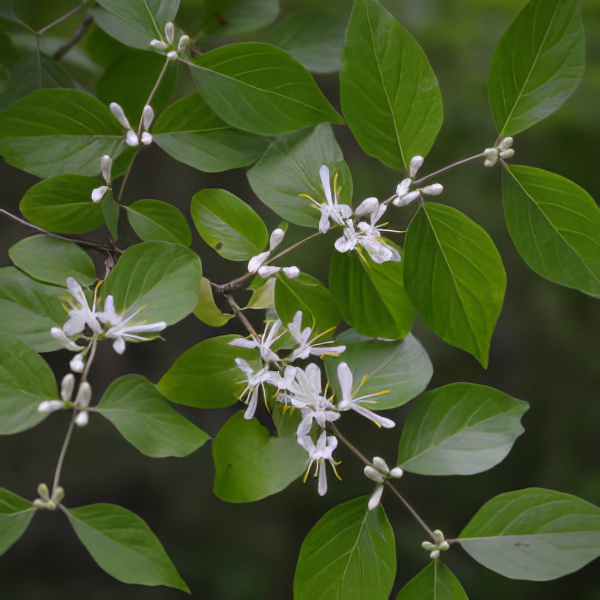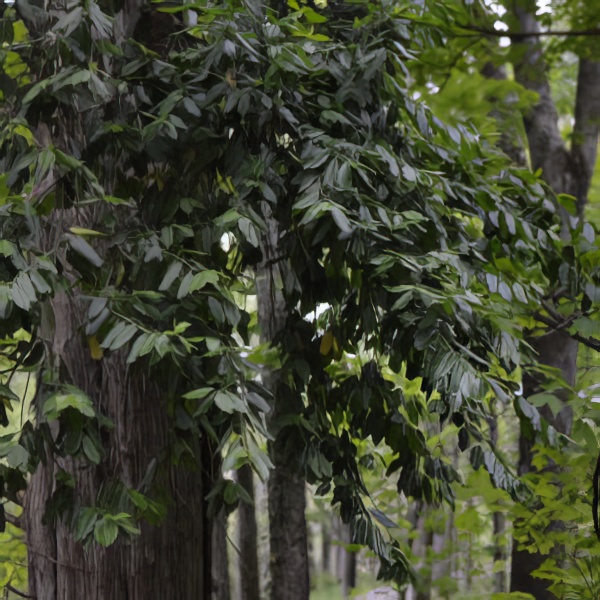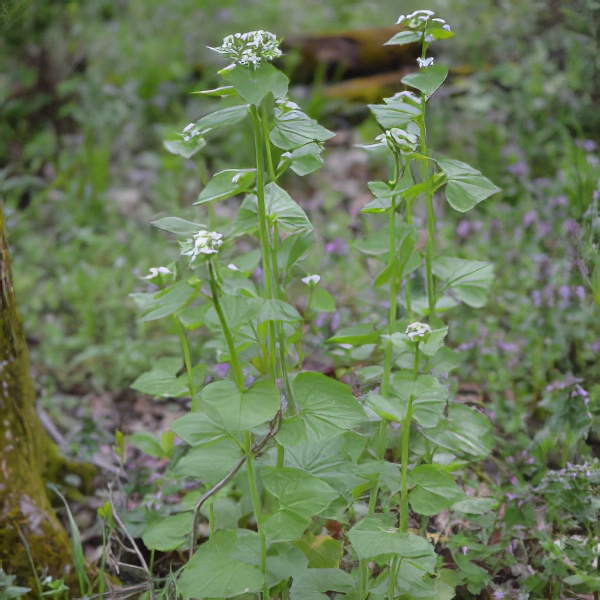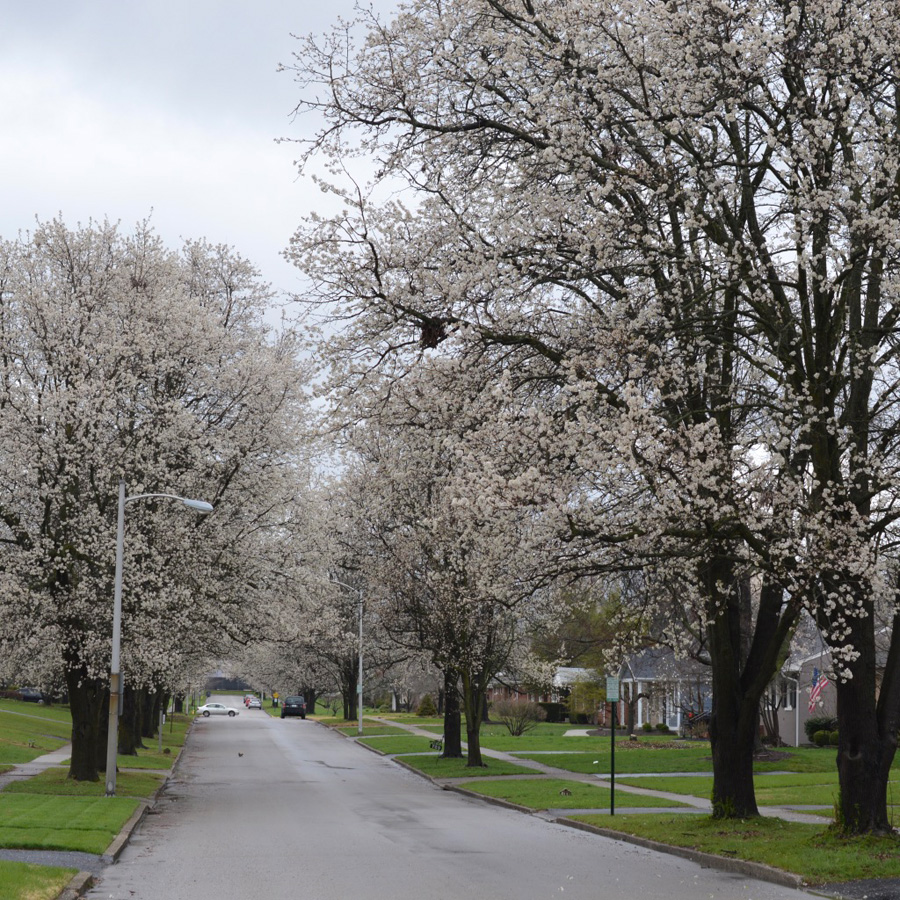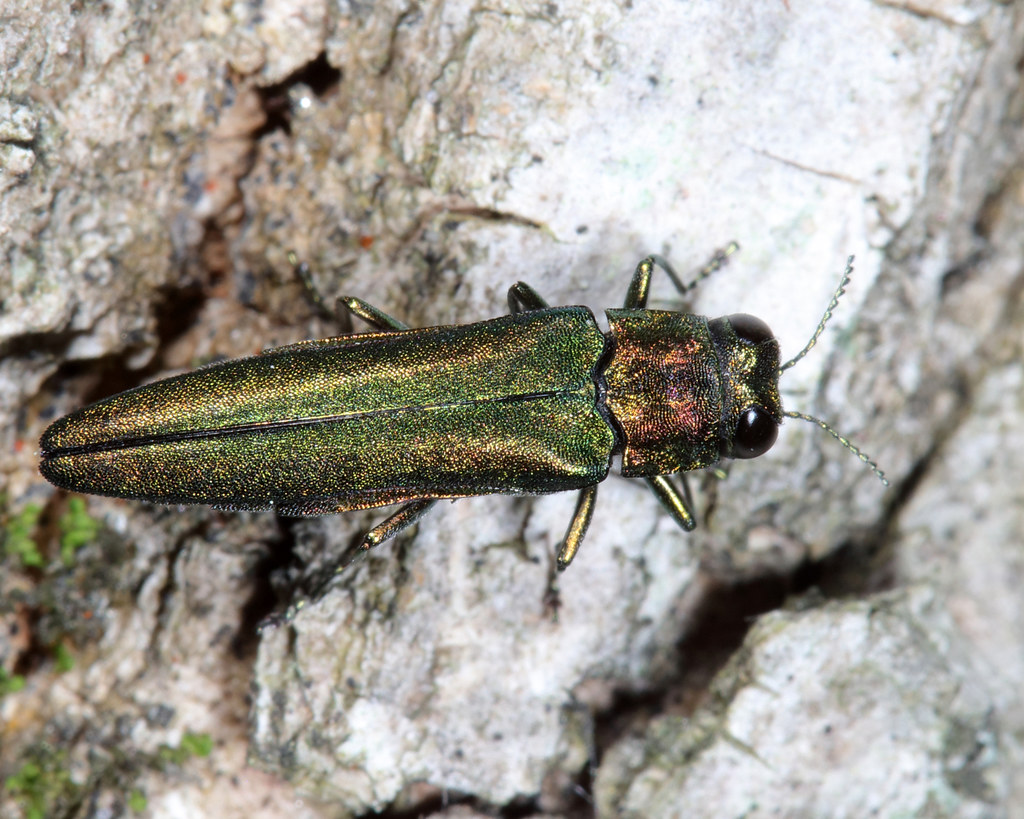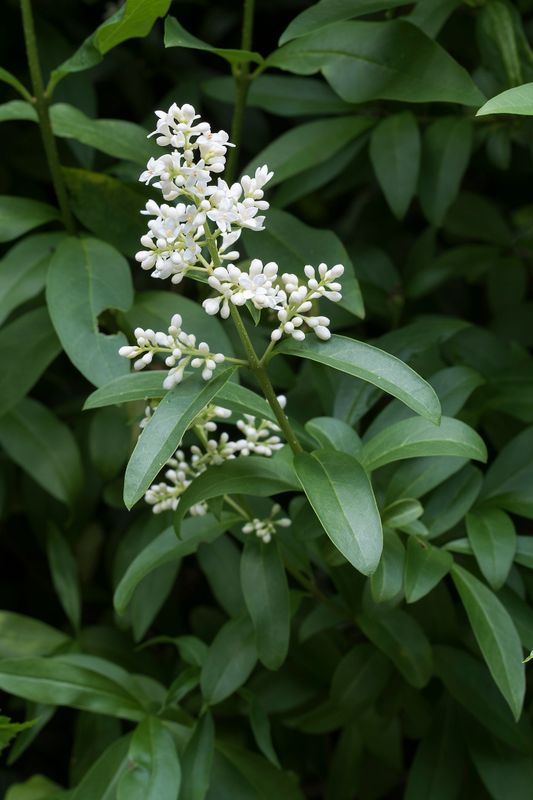Remove invasive plants in ecologically important areas.
Restore habitats along key waterways for wildlife.
Monitor water quality to track ecosystem health and human impacts.
Document species to better manage wildlife habitats.
Monitor species annually to track population changes.
Maintain demonstration gardens for rare plants and education.
Keep trails safe and prevent erosion and invasive spread.
Offer programs and outreach to support community biodiversity.
Document land-use history and artifacts.
An exotic species is a non-native plant, animal, or pathogen introduced by humans. Without natural controls, some become invasive-spreading quickly and causing environmental or economic harm. In central Kentucky, invasive plants reduce native diversity, disrupt ecosystems, and harm wildlife. Floracliff staff and volunteers work hard to manage these species, with several of particular concern:
